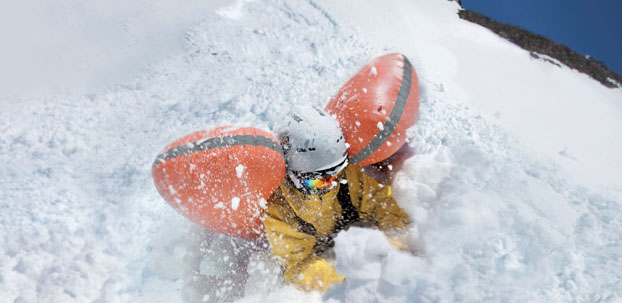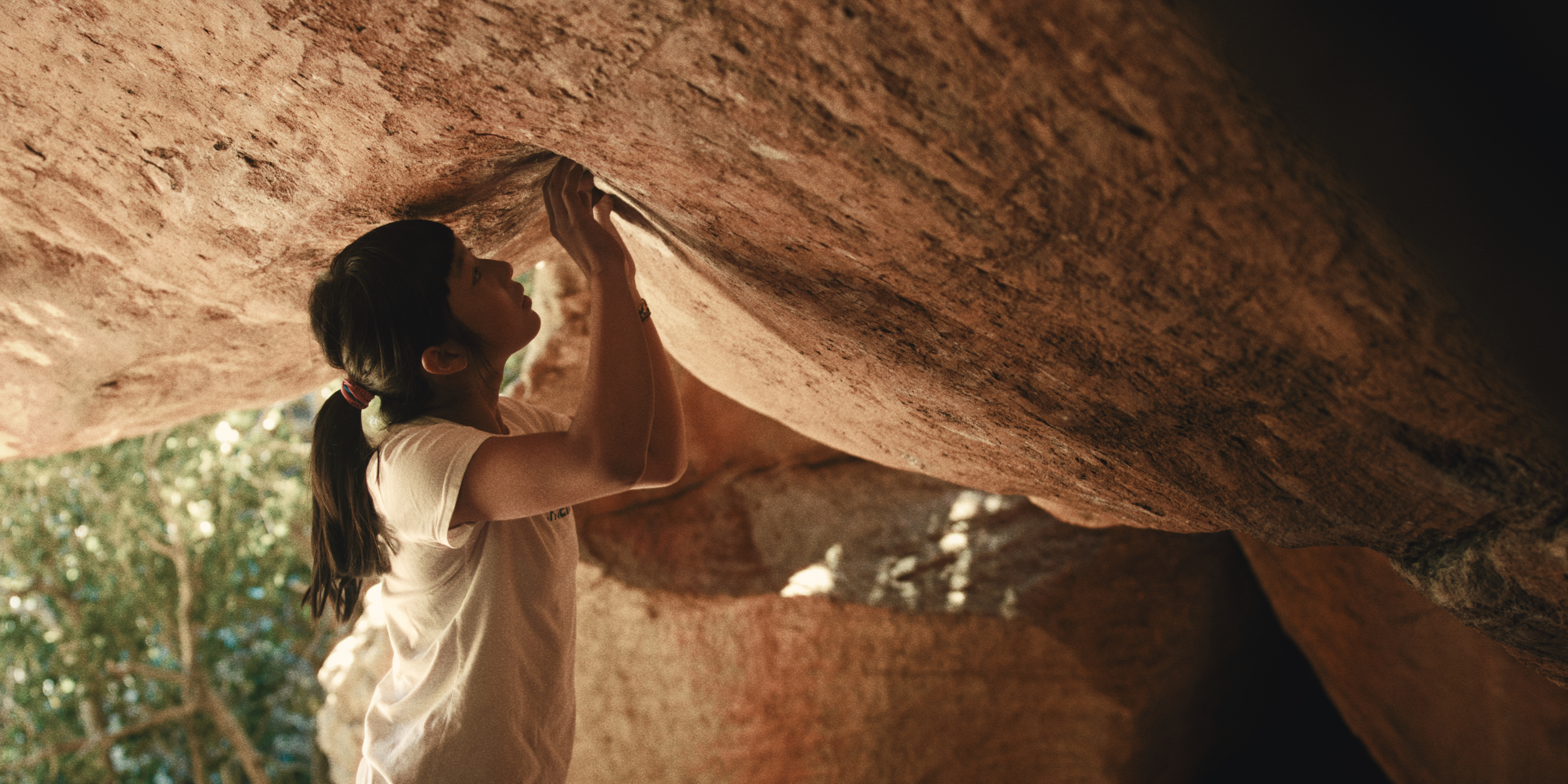
Avalanche Airbags: Gear is No Guarantee
Historically dangerous avalanche conditions persist in the Mountain West this winter because of a variable snowpack. This degree of instability hasn’t been seen, according to many, in roughly 30 years. For better or worse, it’s been a year for some unfortunate backcountry riders to test avalanche airbags in the field.
Three recent accidents involved skiers and snowboarders wearing back packs with avalanche airbags, which, as described by Doug Abromeit (former director of the Forest Services National Avalanche Center) on NPR, protect skiers and riders because it has “a ripcord…and they pull that and then it inflates an airbag that goes around the person's head, which protects their head and their neck, and then it provides floatation so the person stays on top of the avalanche debris.”
You can watch Meesh Hytner— a 21-year-old pro snowboarder — as her airbag deploys, and she survives a slab avalanche that ripped lose in January near Montezuma, Colorado.
Even with this device, surviving the force of a major avalanche isn’t fun. Pro skier Elise Saugstad —one of 10 survivors out a group of 13 highly experienced skiers who were caught in a slide near Stevens Pass in February — said in the same NPR interview, “It's not like you're taking an inner tube ride down some snowy field. You definitely are in the avalanche, and it feels like you're in, like, a washing machine and you're being flipped and tumbled and it's white the entire way. It's very scary.”
The survivor statistics of these airbags are complicated to interpret accurately, (outsideonline.com addresses the stats in this story) but regardless, obstacles —rocks and trees, for example — can shred the airbags during the avalanche. This was the case for Telluride’s own Nate Soules, who died the day before Valentine’s Day (and was found also found with an Avalung, another avalanche survival device).
While the effectiveness of avalanche airbags may be disputed, this year’s outlier conditions have undisputedly ramped up the potential for disaster, a subject that’s even received national media as demonstrated in The New York Times recently.


